National Army Day venerated in Iran
The classical approach to international relations defines ‘power’ in terms of military capabilities. Traditionally, this concept places a high value on reliance by the state, primarily on military force, for maintaining independence.
Iran, like any other player in the chaotic international system, strives to maximize its military power in order to preserve its survival. For this purpose and to offset the problems imposed by the arms embargo since 1979, the country has embarked on different routes, including, but not limited to, developing asymmetrical defense capabilities and relying on its allies to preserve its status as a major military player in West Asia.
Iran's military consists of two major institutions: the regular forces, the Army, also known as Artesh, and the Islamic Revolution Guard Corps, IRGC.
The two forces operate separately but are highly coordinated. The Army functions, as a traditional military organization with a classical doctrine while The IRGC operates based upon revolutionary doctrines and asymmetric warfare. Since there has been a presence of extra-regional forces in the Persian Gulf and West Asia, so, the IRGC has gained considerable, and steadily increasing, power in Iran in recent decades.
Army Day, which is celebrated annually on April 18, was established by the founder and first Leader of the Islamic revolution, Ayatollah Khomeini, in 1979.
Two months after the fall of the deposed Shah, Mohammad Reza Pahlavi, Ayatollah Khomeini met with Iranian Armed Forces soldiers who had made an invaluable contribution to the victory of the revolution.
A few days later, Ayatollah Khomeini named April 18th “Army Day”, calling for military parades to exhibit the nation's military preparedness.
After the victory of the revolution, the army was in tatters but when the 8-year imposed war with Iraq started in 1980, the country’s safety and sovereignty was not abandoned.
The Americans left the country expecting that we would not be able to fly the F-5s but we managed to fly them. Then the war started.
We managed to confront the enemy’s attacks by those F-5s.
Moreover, let me tell you about the F-14 aircrafts. It’s interesting to note that the F-14s had computer systems installed back in the 1960s when no one even knew what computers were.
It was considered to be very high-tech at the time. Much to our enemies’ consternation, we flew the aircraft and defended the nation.
Brigadier General Vali Oveisi, Retired Army Fighter Pilot
Iran's Revolution Guard Corps, also known as the 'Sepah', was also established in April 1979 by Ayatollah Khomeini as a paramilitary organization charged with protecting the newborn Islamic Republic of Iran.
In time of war or facing foreign threats, however, the two military arms join hands.
Following Saddam’s attack on Iran in September 1980, the morning after the Iraqi warplanes conducted their attacks, 140 Iranian fighter jets bombarded various targets inside Iraq.
This showcased the efforts made in the first couple of years since the victory of the Islamic Revolution for the reconstruction and maintenance of the army.
As you might know, following the victory of the Islamic Revolution, almost all army commanders of the former Shah regime either fled the country or were retired.
Many of them had committed treason and were tried and executed. We brought in a new generation of the army.
General Abbas Hajinajjar, Cultural Deputy, Armed Forces Headquarters
Today, Sepah Pasdaran has evolved into one of the most powerful political, ideological, military and economic players in the country. It has been entrusted with a diverse set of indoctrination guidelines, training programs and systematic welfare provisions, intended to broaden support for the state.
Annually the government makes a show of military force on Iran Army Day with parades, often demonstrating new defense technologies. Army veterans, active servicemen and reservists, also take part in the parade. The parade takes place in front of the Mausoleum of Ayatollah Khomeini.
After masterminding a counter-offensive which led to the retaking of the port of Khorramshahr in May 1982, a turning point in the Iraq-Iran war (which lasted from 1980 to 1988), Artesh or the Army helped to recover all areas lost to Iraq for the rest of the war; the credit here basically goes to the Air Force.
Since the end of the aforementioned war, the assigned role of the Artesh has not changed much; it has been led to remain apolitical and confine itself to its mission within the military doctrine of the Islamic Republic.
There must be a difference between the Artesh of today and the Artesh pre-revolution however.
After the coup of 1953, Americans extended their control on Iran, including the country’s army. They organized the army according to their policies and strategies. American military advisors, whose number had reached 40-thousand, a few months before the victory of the Islamic Revolution, had total control of the Iranian army.
General Abbas Hajinajjar, Cultural Deputy, Armed Forces Headquarters
Present day commanders are post-1979 trained officers who in military colleges received indoctrination in Islamic beliefs and allegiance to the principle of velayat-e-faqih (the governance of the jurisprudents).
My trainer was American. He’d admit that his Iranian counterparts are better than him. He acknowledged that and actually believed it too.
When I’d use the term “our F-5s”, he’d protest, telling me that it wasn’t ours, we merely paid for them.
The F-5s are called easy-maintenance aircraft. When the Americans were leaving, I remember the trainer telling me that we couldn’t make such an easy-maintenance aircraft operational.
He predicted that they’d return in a couple of months. That was what he said, verbatim.
Brigadier General Vali Oveisi, Retired Army Fighter Pilot
The conventional armed forces consist of four services: the Ground Forces, the Navy, the Air Force, and the Air Defense Force. Though it has its own command and control structure and joint staff, coordination between Iran’s military forces, consisting of the IRGC, the Ministry of Defense, and Police Command, is assigned to the General Staff of the Armed Forces of the Islamic Republic of Iran.
The General Staff headquarters were set up in 1988 and its commanders are appointed directly by the leader, as decreed by the Constitution.
The overall doctrine of the Armed Forces (the IRGC and the Artesh), which has been heavily influenced by the lessons of the Iran-Iraq war and the shifting perception of threats around Iran, is based on deterring a technologically superior adversary, like the United States.
In the context of this doctrine, the Ground Forces of the Artesh, with some 350,000 men (220,000 conscripts), are to form the first line of defense against invading forces.
In contrast, the IRGC’s Army, with a strength of some 150,000, together with the omnipresent Basij Resistance Force [or plainclothesmen], is to establish the second line of defense and act as a “stay-behind force” in case of foreign aggression.
When asked how the Artesh today compared to itself in its pre-revolution form, Commander Oveysi preferred to make a much more amusingly unexpected comparison. He compared its functioning to the US, the manufacturer of its fighter-jets.
The Phoenix missile is an advanced air-to-air missile. We didn’t have enough of it to use during the war.
Our engineers and technicians managed to install surface-to-air Hawk missiles on F-14s. This was another first in the world.
No one had tried doing that before. It’s a very difficult endeavor to turn a surface-to-air missile into an air-to-air missile.
Brigadier General Vali Oveisi, Retired Army Fighter Pilot
The IRGC Army units have been divided into 32 parts, two for Tehran Province and one for every other province, to effectively maintain domestic security of the country in peace time.
Considering that Iran is located in a region which is not secure and probably it is one of the very few countries that you may experience security established in this country.
It shows pretty well how it is successful and how much, especially with enemies like Israel or Daesh which have declared time and again that they want to bring insecurity and war in Iran.
The security that we enjoy today is very much indebted to IRGC and the security apparatus which has been very much successful.
Mostafa Khoshcheshm, Analyst, International Affairs
The 18,000-man Navy of the Artesh is charged with the responsibility of forming the first line of defense in the Sea of Oman and beyond; basically our southern waters. It is capable of operating in the northwest quarter of the Indian Ocean, the Red Sea, and even in the Atlantic Ocean.
Meantime the IRGC Navy has steadily improved its capabilities to support unconventional warfare and defend Iran’s offshore facilities, coastlines, and islands in the Persian Gulf.
In central cases when they were assisting some vessels that were smuggling fuels in the past several years, there have been standoff between the two sides while the Americans trying to help the fuel smugglers and the IRGC navy has been successful in exercising law by pushing back the Americans to protect the interests of the country and to arrest these vessels and bring them to law in Iran.
Also there have been several scenes of confrontation when the US navy intended to violate Iranian territorial waters. Considering that the US has the most powerful naval force in the world, they were expected to make some scenery but they have been defeated in all those scenes and backed off at least in the last 20 years [sic].
Mostafa Khoshcheshm, Analyst, International Affairs
The 37,000 Air Force of the Artesh is charged with the responsibility of defending Iranian airspace. It relies largely on inherited US supplied aircraft that have been refurbished with the most advanced modern equipment by Iranian engineers.
Another surprising point of comparison brings out an Iranian superiority to countries it has previously bought jets from.
There are many aircraft manufacturers in the world. Many countries are making aircraft. But not so many make flight simulators. We started off by making repairs and upgrades to the fighters and then built simulators.
I remember that before the victory of the Islamic Revolution, they had imported a simulator for an easy-maintenance F-5, but it wasn’t even unboxed. That was where things were kicked off.
After the revolution, my colleagues went through the difficult unboxing and initiation process for the device. Running a simulator is harder than operating a plane. I followed the matter and conducted flights on it.
Brigadier General Vali Oveisi, Retired Army Fighter Pilot
The Air Defense Force was established in February 2008 for greater focus on Iran’s deterrent doctrine. With 15,000 personnel, the force operates air force radars, anti-aircraft guns, and a variety of Russian, Chinese, British, and US surface-to-air missile systems acquired before and after the 1979 Revolution.
Iran has also deployed its own domestically-manufactured missile systems.
We began manufacturing arms from the moment the war started. Take mortars, for example, which are simple weapons.
We were under sanctions, so people at the IRGC tried to build the most basic form of mortars out of water pipes.
Those who were tasked with building such weapons later managed to produce long-range precision-guided missiles.
That was the result of depending on the internal capacities and abilities of the Iranian youth that creates such internally-driven changes.
General Abbas Hajinajjar, Cultural Deputy, Armed Forces Headquarters
The IRGC is in possession of Iran’s medium-range ballistic missiles, including Sejjil 2, which makes up the strategic arm of Iran’s air power and its primary deterrent.
In 2019, the US State Department designated the Islamic Revolution Guards Corps (IRGC) a terrorist organization; an unprecedented action against the military of a sovereign state.
In response, Iran has sanctioned former United States President, Donald Trump, and nine other senior officials of his administration.
The individuals were blacklisted for “their role and participation in terrorist and anti-human rights acts against the Islamic Republic of Iran and Iranian nationals”.
The main reason why the IRGC is under sanction goes back to the impact it has had on strengthening Iran’s military and deterrence power. If it wasn’t for the army and the IRGC, the US would seek a regime change in Iran. They’ve admitted to it several times.
When he left his position, Mr. McKenzie said the US has adopted the wrong policy on Iran over the past 40 years. How did they know it was wrong?
When they saw a national army managed to create a deterrent force against threats without relying on any major power in the world.
General Abbas Hajinajjar, Member of the Cultural Deputy, Armed Forces Headquarters
Now, one of the remaining issues in the Iran nuclear negotiations in Vienna, which aims to lift sanctions and perhaps revive the Iran nuclear deal (JCPOA), has been the Iranian demand that the IRGC be taken off the US list of Foreign Terrorist Organizations.
Last January, Iran’s judiciary announced that it had requested an Interpol “red notice” for Trump and 47 other US officials who played a role in General Soleimani’s assassination.
Iran has not been able to import large arms consignments due to the multitude of imposed sanctions. Instead Tehran has endeavored to produce or assemble its own weapons at home. The government popularized the idea of moving towards self-sufficiency in arms production.
Unable to import arms or related items, Iran has chosen an affordable and short-cut approach to developing a deterrent capability by investing and focusing on its missile industry through assembly, modification, and reverse engineering of previously imported weapons.
In other words it complemented conventional forces, confronted by a more powerful enemy, with asymmetric forces which are more efficacious due to their use of cunning and asymmetric methods. In comparison to its immediate neighbors, Iran’s Armed forces remain a major conventional power in the Persian Gulf and West Asia region.
Following the martyrdom of General Soleimani, we conducted a retaliatory operation and struck the Ain al-Assad airbase in Iraq housing US troops with a missile attack. The missile strike left the Americans helpless.
Firstly, they couldn’t intercept it, and secondly, it was so accurate that General McKenzie, former CENTCOM commander, said on many occasions that they can’t do anything in the face of Iranian missiles.
The impact of this ability was such that last month, before leaving his position, he said Iran is unshakeable.
He wasn’t talking about Iran’s borders. He was admitting that the US, with all its capabilities, is unable to overthrow the Islamic Republic.
General Abbas Hajinajjar, Member of the Cultural Deputy, Armed Forces Headquarters
Iran’s military doctrine and strategy are primarily defensive and Tehran does not seek any military confrontation. Accordingly, the Islamic Republic is primarily using its unconventional capabilities and allies to maintain its overall interests in the region.
After World War II, up until the end of the Pahlavi era in 1979, advisors from France, England, Austria and later on from Italy and Sweden, cooperated with Iran in the modernization of Tehran’s economic, military and social systems.
The American presence in Iran was more conspicuous since Iran’s reliance on Washington and supporting the Shah had been their main objective. Therefore, upon the victory of the Iranian revolution in 1979, all foreign advisers to the army left the country and abandoned all their projects.
As a result Iran was left with very extensive and expensive military equipment while not knowing how to utilize or maintain it without the support of the departed foreign advisors.
It’s a difficult task. There are guidelines and books on it. We didn’t do such overhauls. They had recently brought in the aircraft and were expected to do it all by themselves.
That was the case with all the aircraft. Passenger and cargo planes, like the 747, were taken to Pakistan to undergo overhauls. But we got to a point where we’d overhaul all types of airplanes in the Mehrabad Airport under my watch as its head.
We’d disassemble and reassemble them. I believe we’ve overhauled a dozen types of airplanes, including the 747.
Brigadier General Vali Oveisi, Retired Army Fighter Pilot
Faced with this situation, the late Ayatollah Khomeini stressed the need for self-sufficiency and localizing military equipment production and maintenance. He once said that "not only now, but also as long as Iranians stand by the Revolution, the hegemonic powers will not sell any advanced arms to Iran or offer any help".
Today, after more than four decades this order by the founder of the Islamic Republic of Iran has borne fruit and Iran has toed “a very successful path”, and it is currently enjoying self-sufficiency and self-reliance in the defense and military equipment industry.
At the moment the country is keeping up with the world’s latest technologies in the design and manufacture of destroyers, radars, cannons, missiles and anti-cruise ships.
Furthermore, Iran is ready to supply neighboring and friendly states with its state-of-the-art scientific and military technologies.
For example Iran could also sell its highly capable unmanned aerial vehicles (UAVs). According to the Iranian press, Russia has already expressed its intention to buy Iranian drones, although it is likely that the Kremlin would try to acquire a license to produce them locally.
It forced the country to develop its homegrown arms program ever since then Iran has developed even a new doctrine, which is very much based on its missile power.
The advancement Iran made in its missile industry encouraged the country to make similar advancements in other areas of production of arms including drones.
Iran is one of the top five of this area in drone and missile in the world.
The same is true about other weapon systems, defense shields; different arms, heavy machineguns, sniper rifles, individual arms as well as other weapons and many countries are now demanding purchase of Iranian arms.
Iran has also been developing its own tanks personal carriers and different types of laser weapons.
Mostafa Khoshcheshm, Analyst, International Affairs
The Iranian defense industry could also offer services, such as maintenance and modernization packages. Iranian engineers have demonstrated impressive skills in keeping aging platforms operational.
According to experts, this is also the driving force behind the technological achievements of some of the knowledge-based companies in Iran.
'Capitulation': Israeli officials and media concede Gaza defeat as truce unfolds
'Gaza has won': Social media users react to ceasefire with mix of relief, joy
Iran seeks South Korea’s assistance for AI, fiber-optic projects
VIDEO | Iran's 'Eqtedar' (Power) maneuver
Israel hits HTS military target in Syria for 1st time since fall of Assad
VIDEO | Press TV's news headlines
Israel has slaughtered 13,000 students in Gaza, West Bank
VIDEO | More Zionist than Zionists: Biden’s legacy to be defined by Gaza genocide


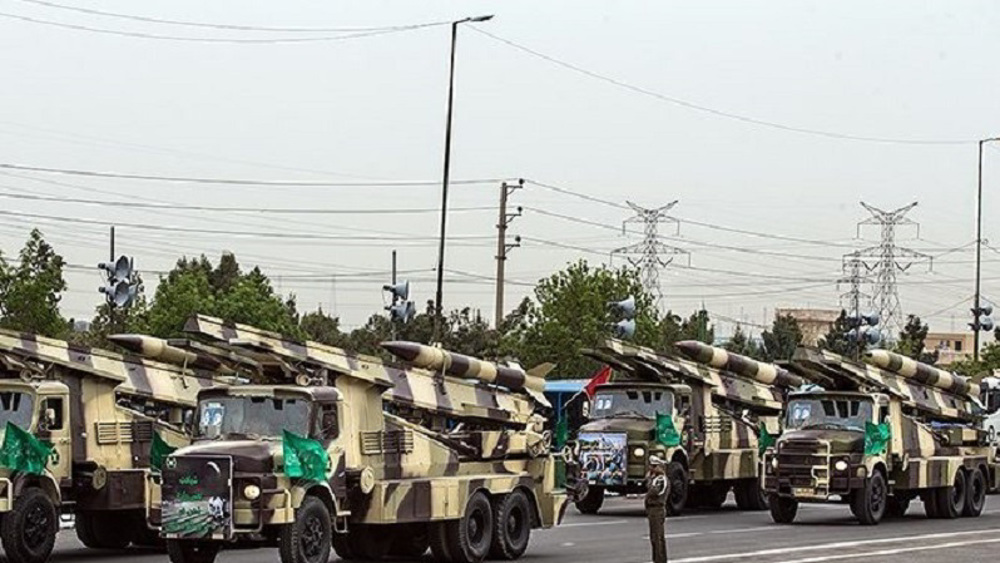
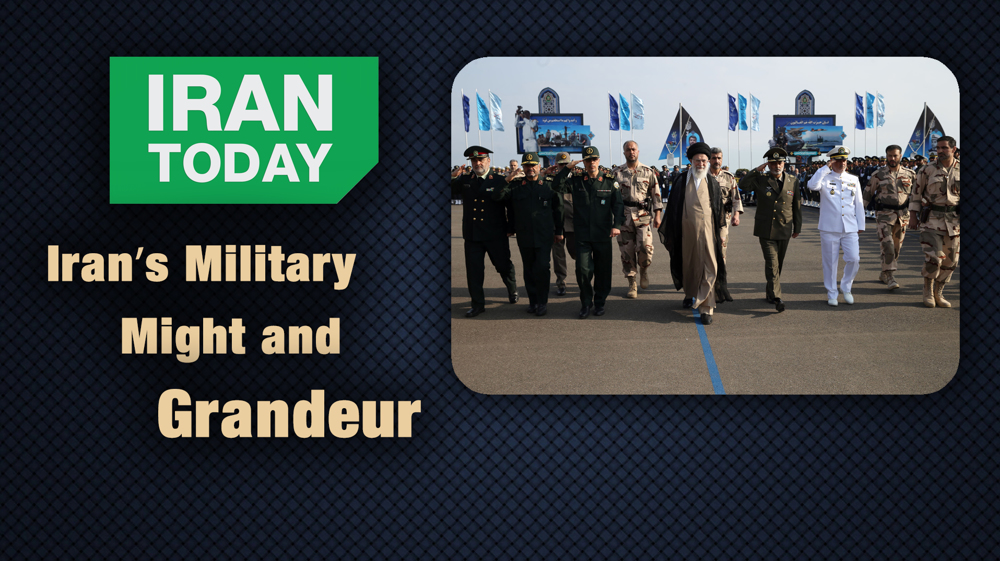
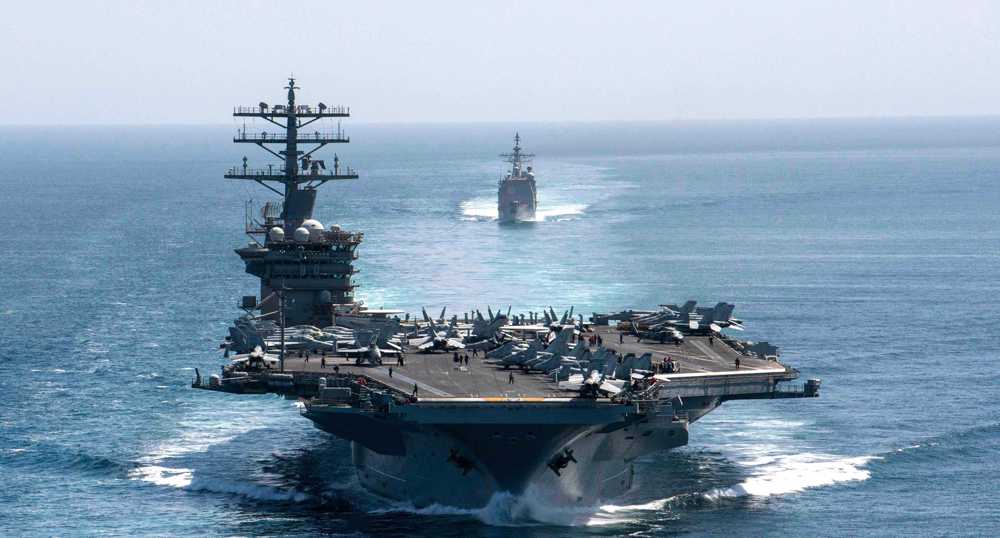
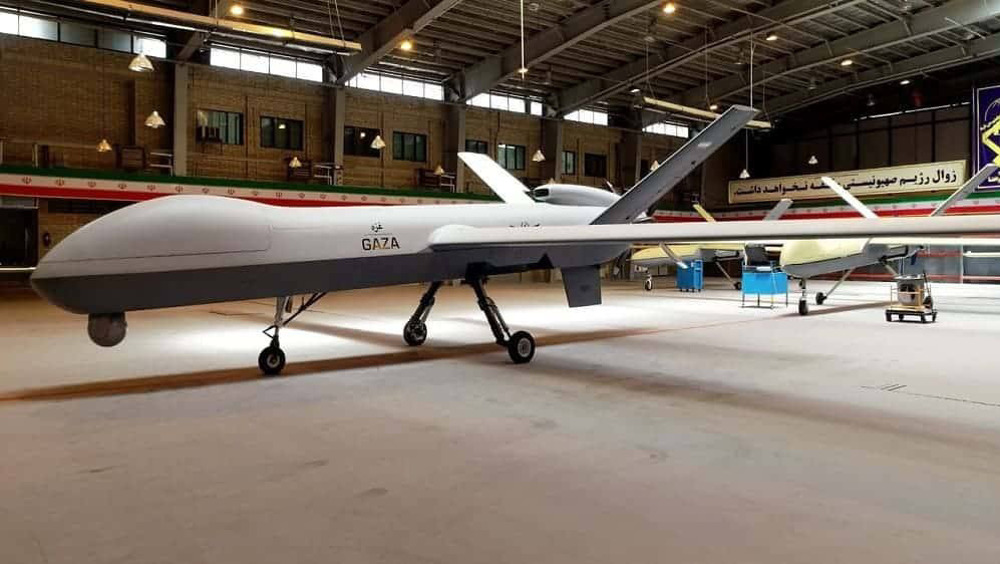
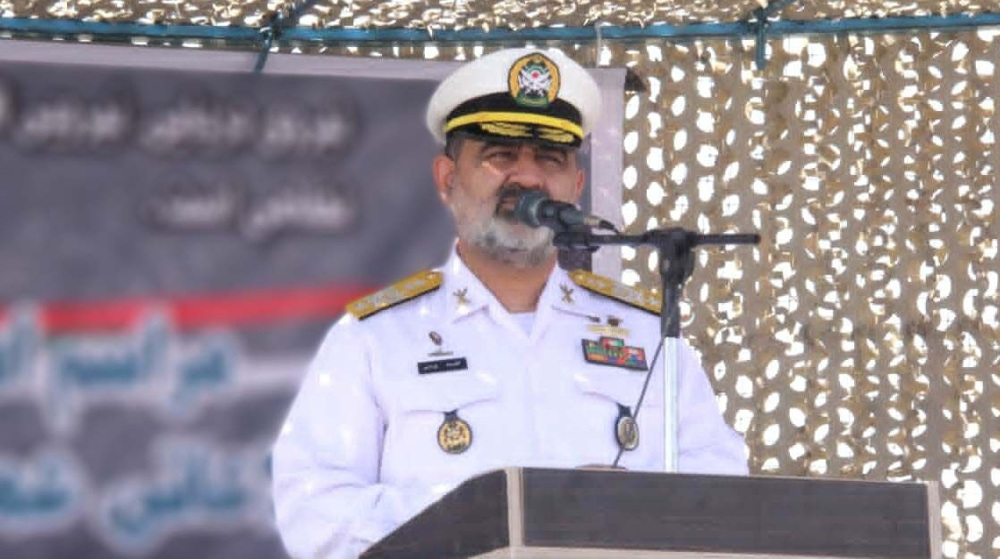
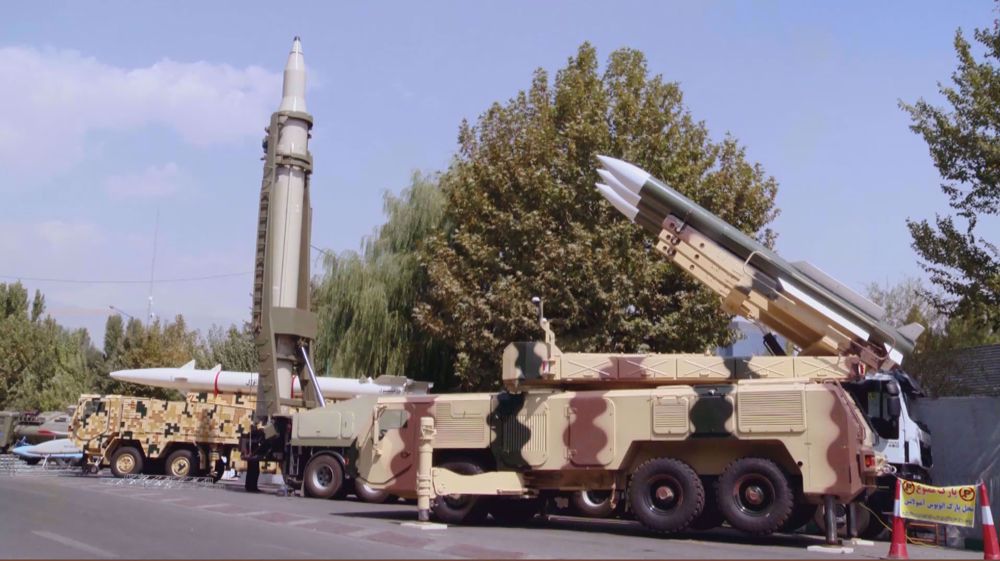

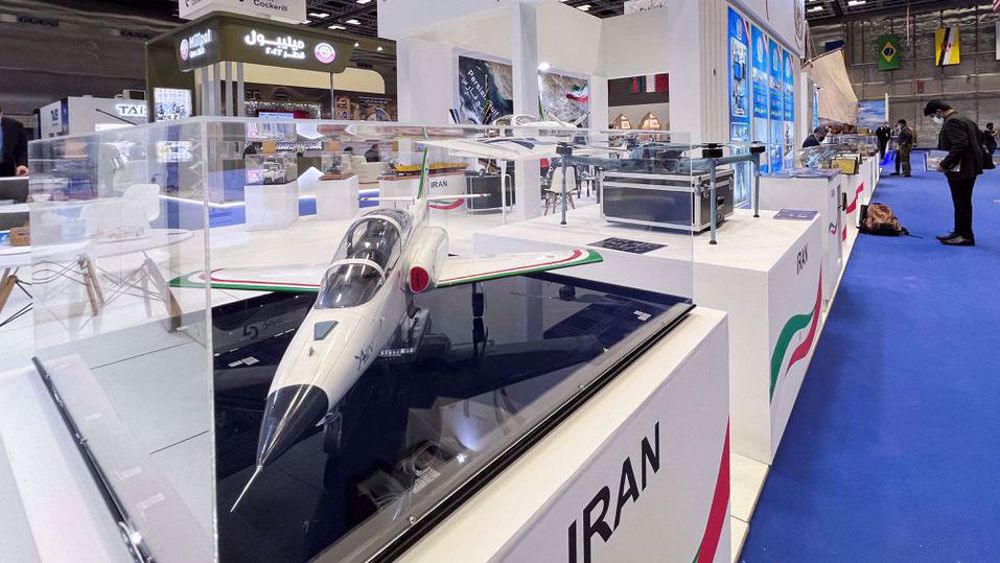
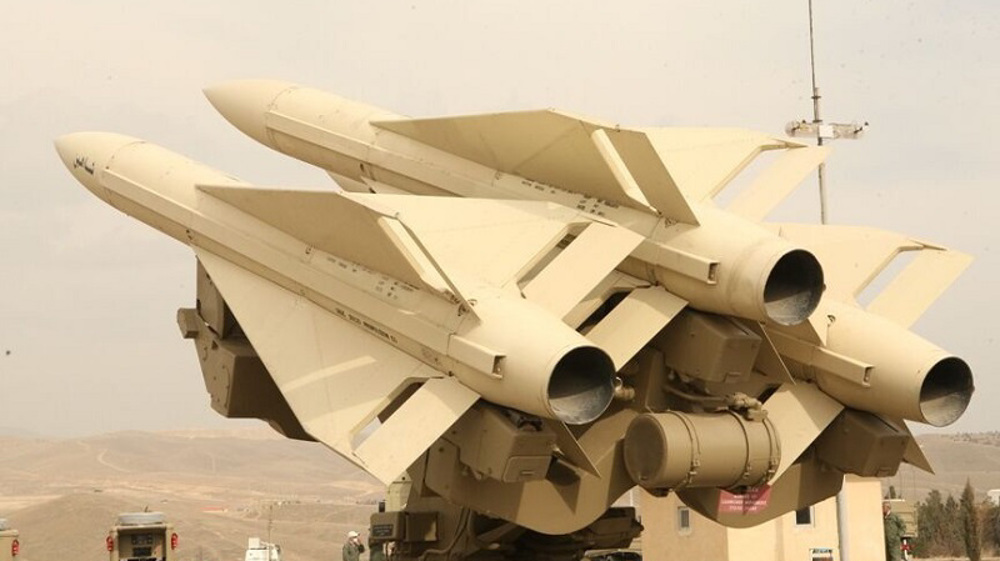
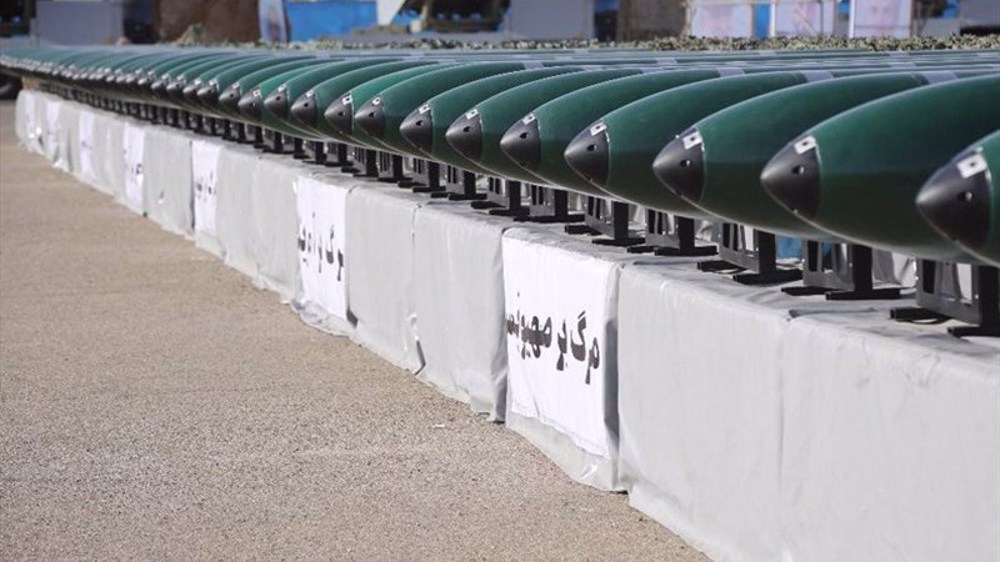
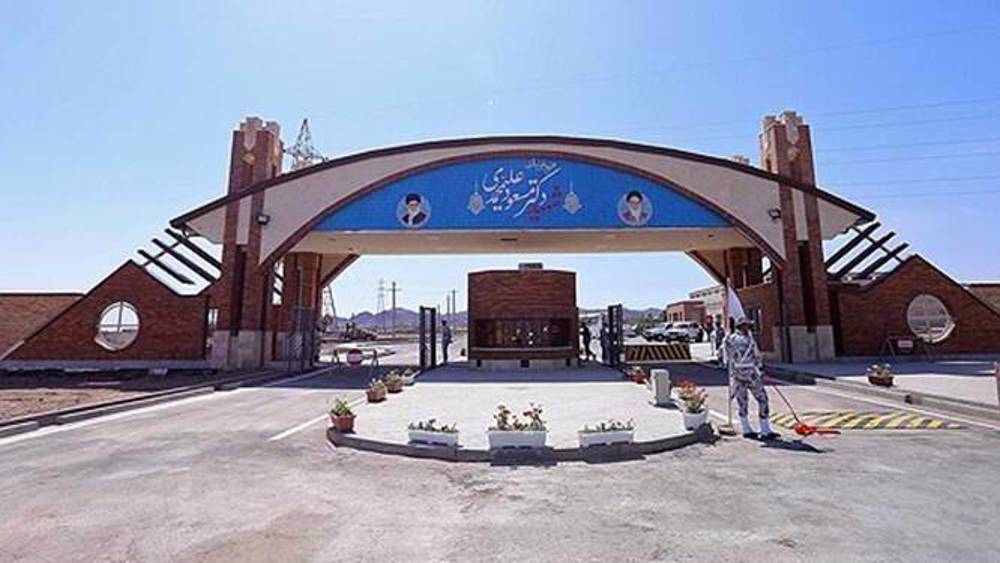
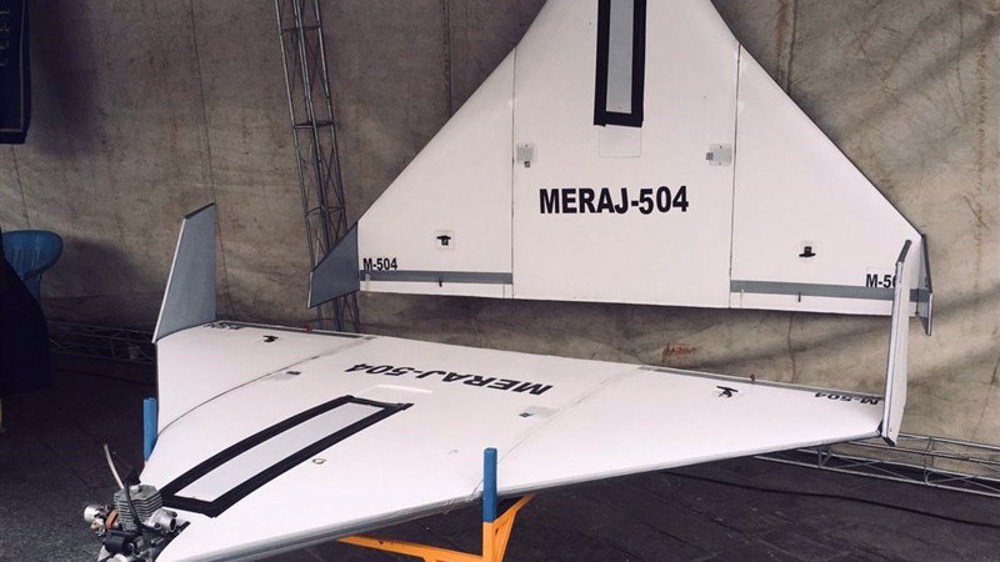
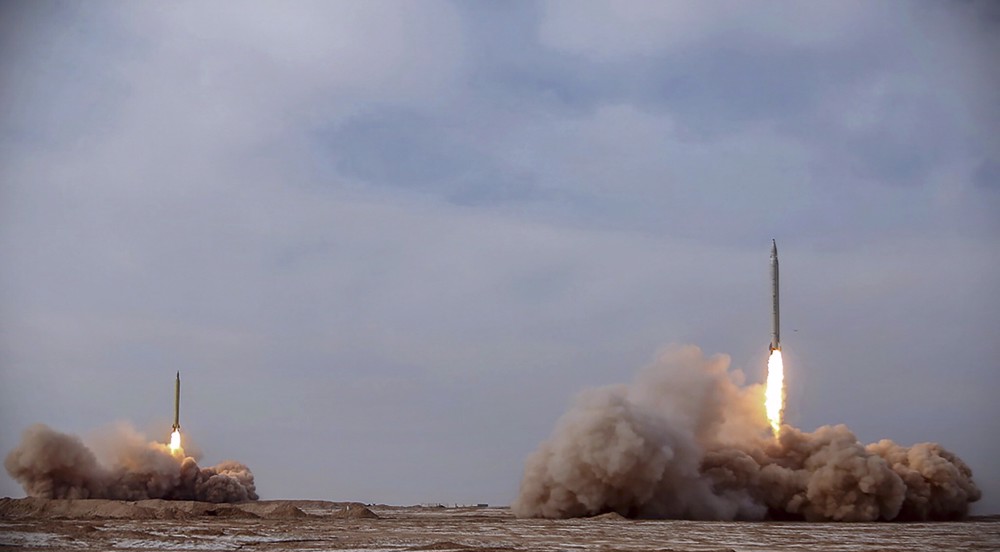
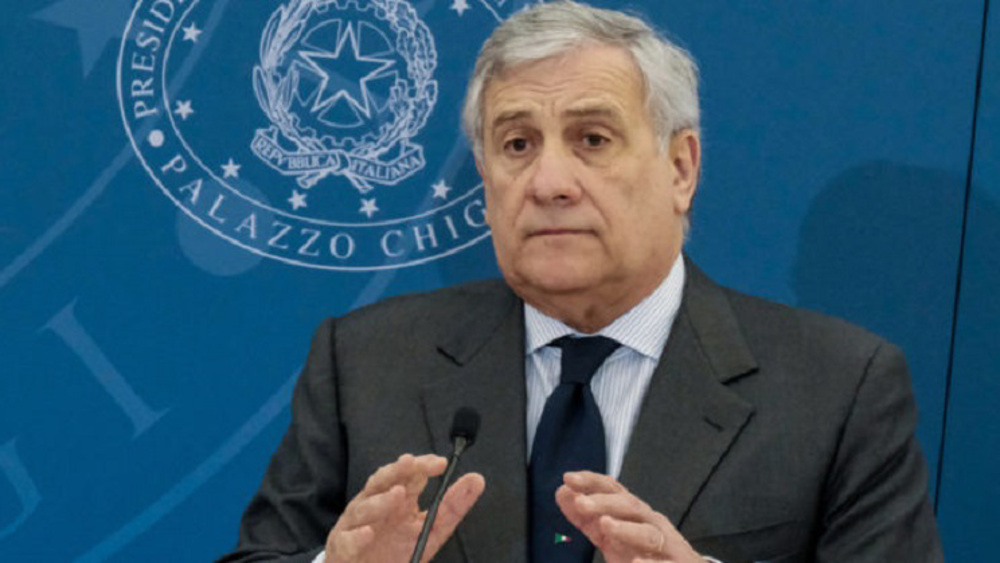
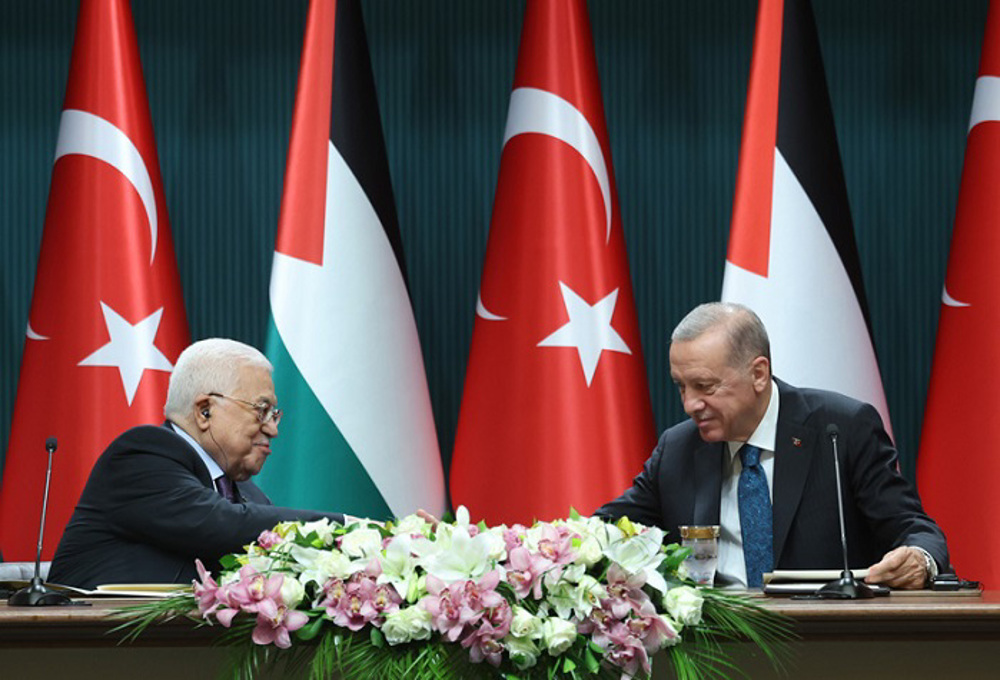
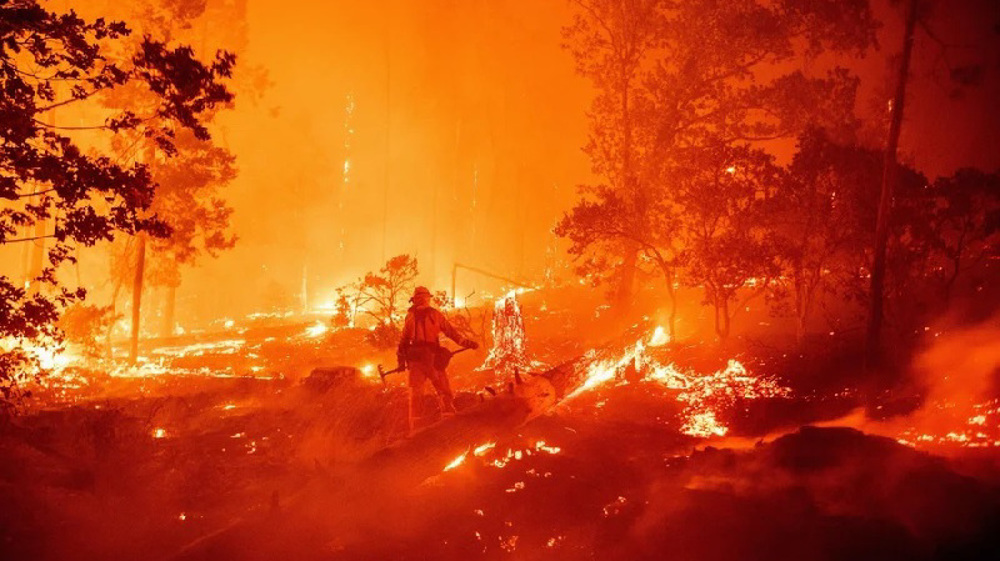



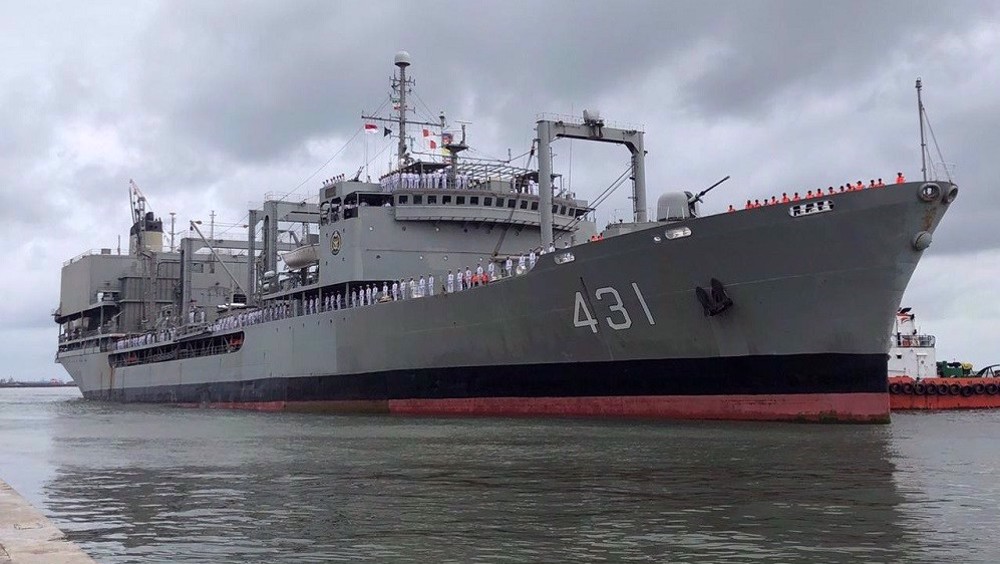
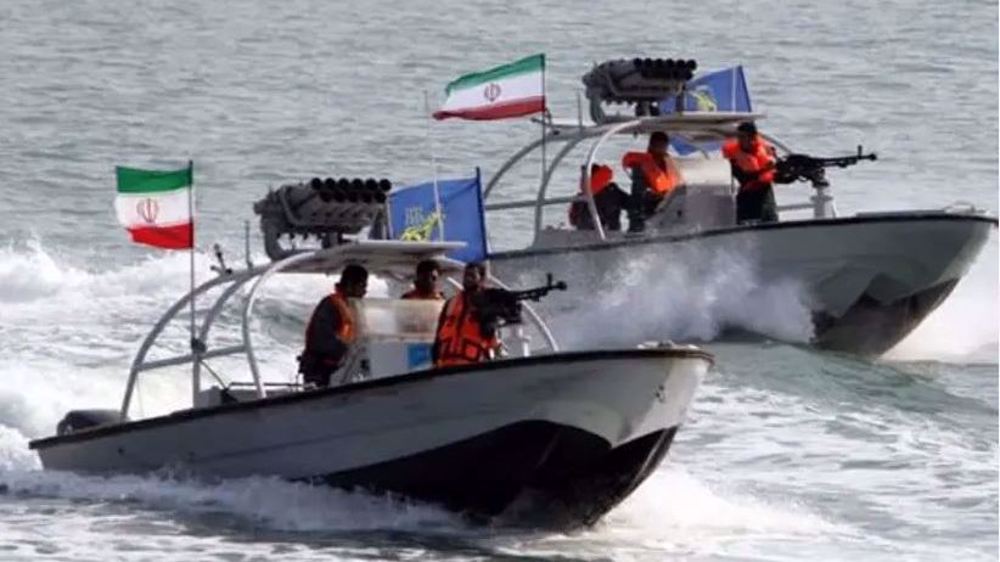
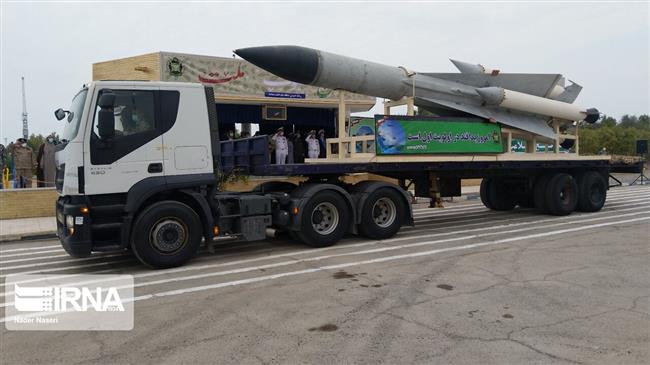
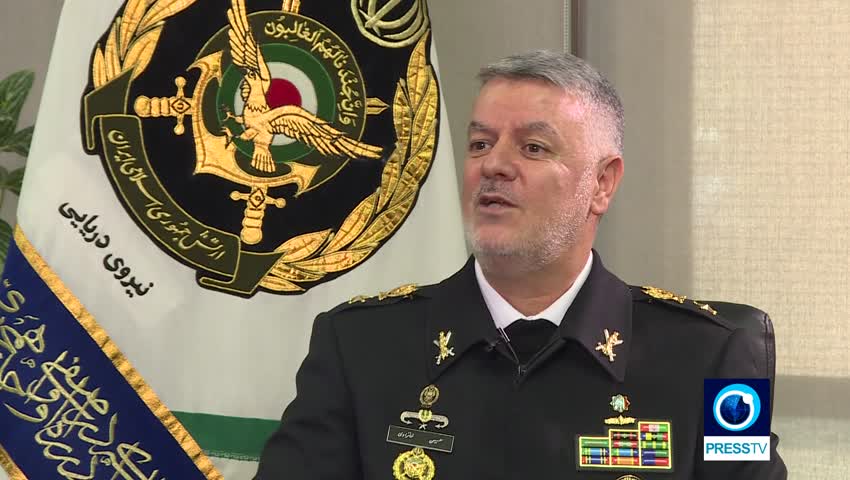
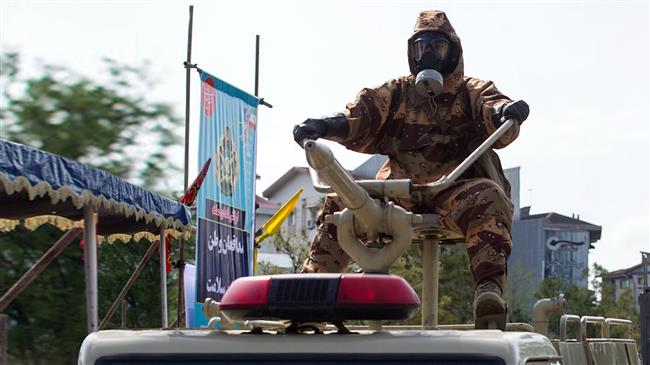
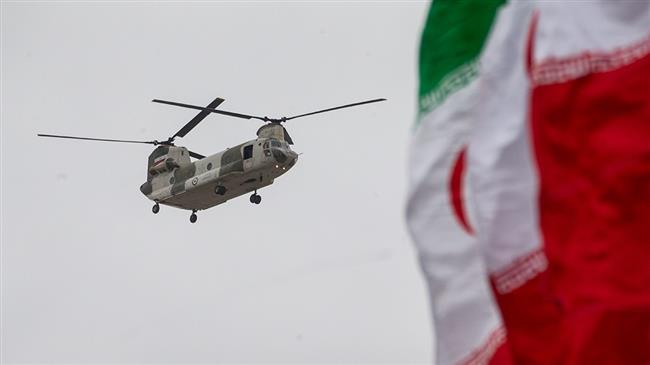
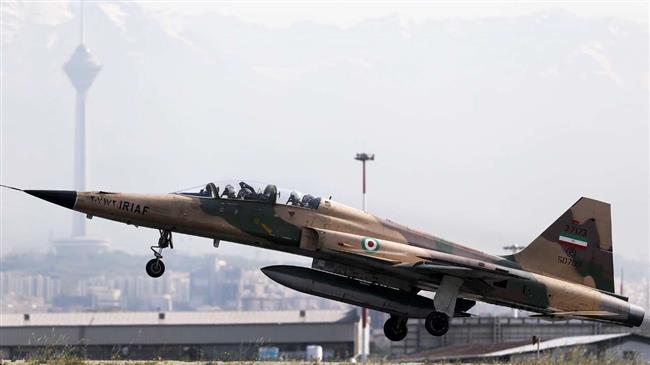
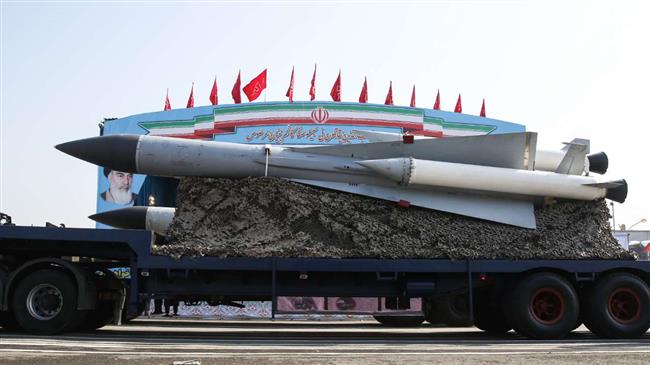

 This makes it easy to access the Press TV website
This makes it easy to access the Press TV website